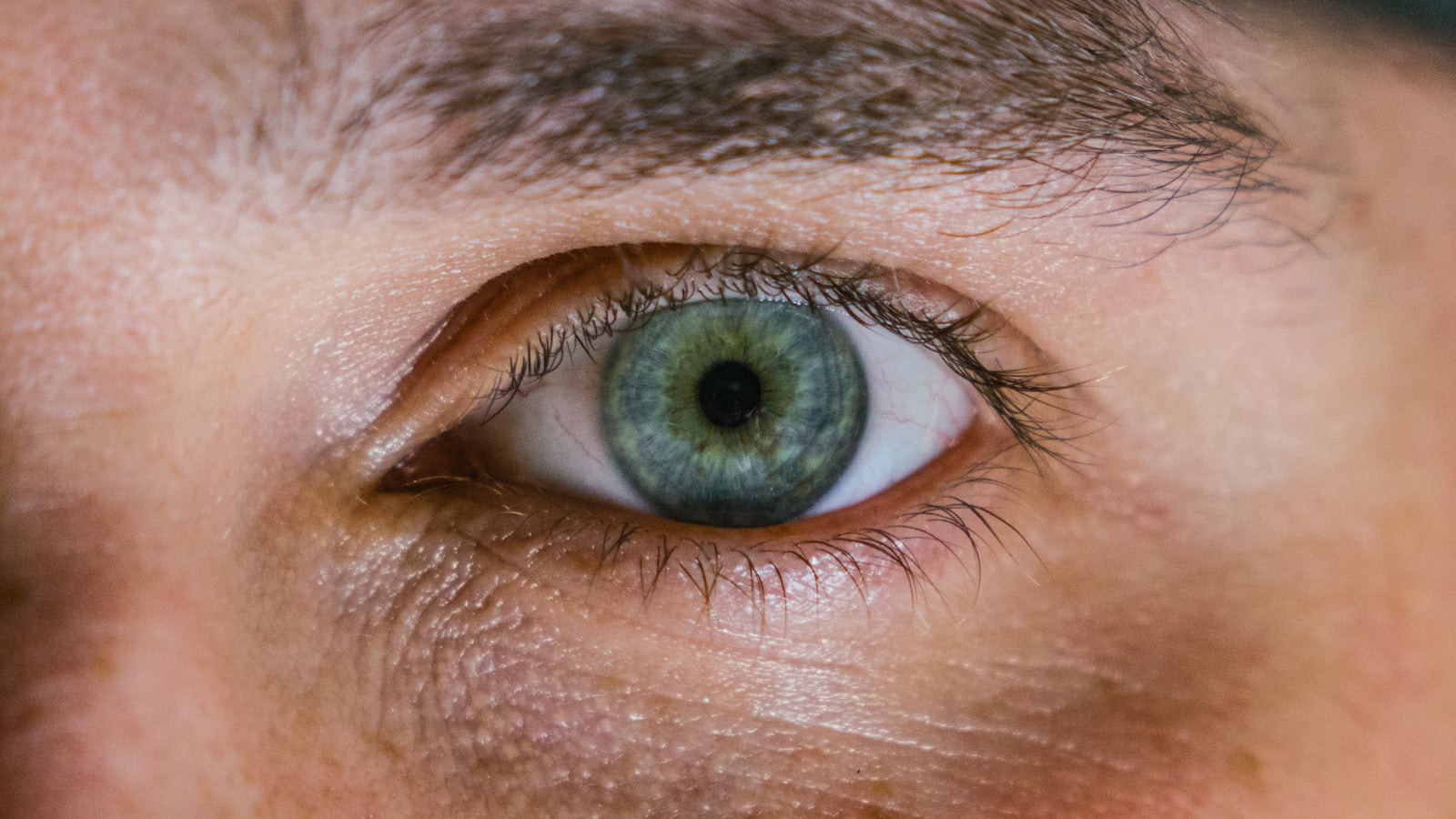![]()
Milia, also known as milialar, are minute cysts that develop just beneath the skin’s surface, primarily on the face. These cysts, individually referred to as milium, often manifest as small white or yellow bumps, with a subtle blue tint on darker skin tones. Despite their resemblance to whiteheads or pimples, milia are not a form of acne and may arise spontaneously or as a response to skin damage.
Traits of Milia
While milia are generally harmless and tend to resolve on their own over time, there are ways to address and prevent their occurrence. These cysts, composed of dead skin cells and sometimes hair follicles, typically measure 1 to 3 millimeters in size. They commonly appear on the face, including the cheeks, nose, and eyelids, but can emerge on any part of the body.
Who Gets Milia
Milia can affect individuals of all ages and skin tones, with approximately 50% of newborns experiencing this condition. It is often mistaken for baby acne, which usually appears after two weeks of age. In older children and adults, factors such as improper skin care, the use of oil-based products, skin conditions like dandruff or rosacea, inadequate sleep, and long-term use of steroid medications may contribute to the development of milia.
Cause of Milia
The formation of milia is linked to the natural exfoliation process of the skin. When old skin cells fail to shed and become trapped beneath the skin, they harden and give rise to these cysts. There are two main types of milia: primary and secondary.
Primary milia occur spontaneously and include congenital milia, benign primary milia of children and adults, milia en plaque (MEP), and multiple eruptive milia. Secondary milia develop after skin injury, medication use, or skin disease and include disease-associated, medication-associated, and trauma-associated milia.
Remedies for Milia
While most milia do not necessitate treatment, removal may be considered for cosmetic reasons or if they cause discomfort. Dermatologists can perform extractions using a needle or scalpel, a process known as deroofing. Chemical peels, incorporating ingredients like glycolic acid, lactic acid, or salicylic acid, can aid in skin cell exfoliation. Additionally, topical retinoids derived from vitamin A, such as tretinoin, adapalene, and tazarotene, may be prescribed for certain types of milia.
Attempting to remove milia at home by popping or squeezing is strongly discouraged, as it can lead to bruising, scarring, or infection. Prevention measures include daily face washing with a gentle soap, avoiding adult oils or lotions on infants, limiting sun exposure, and using sunscreen with at least SPF 30. While complete prevention may not be possible, these steps can help minimize the risk of milia development. In summary, milia are benign cysts that often resolve on their own, and consulting a dermatologist is recommended for safe and effective removal when necessary.
